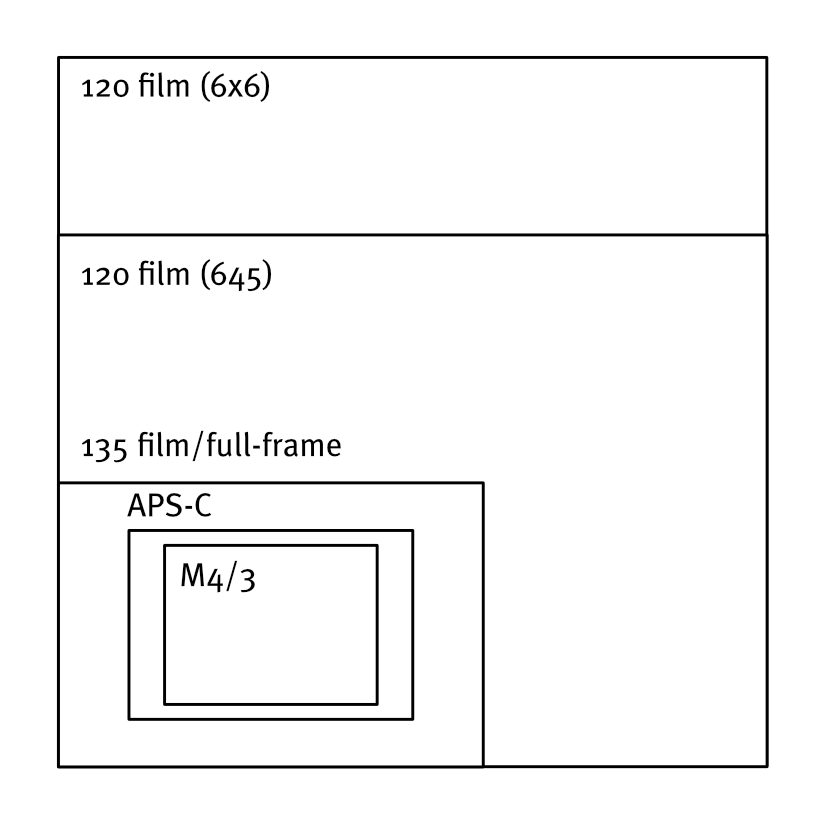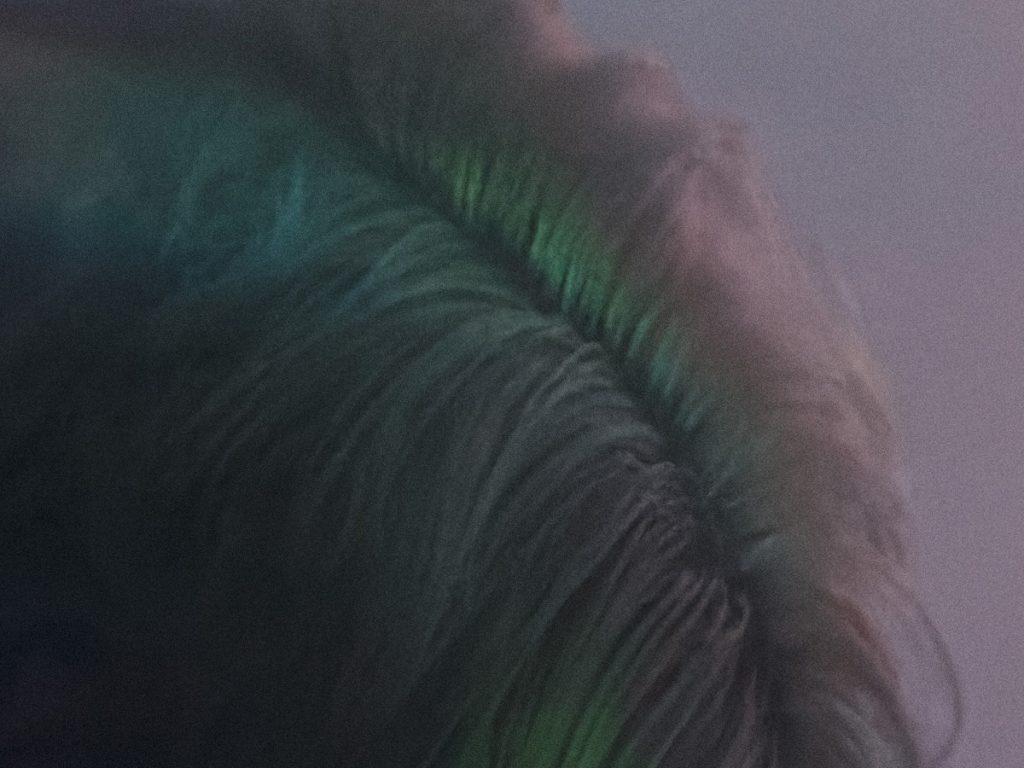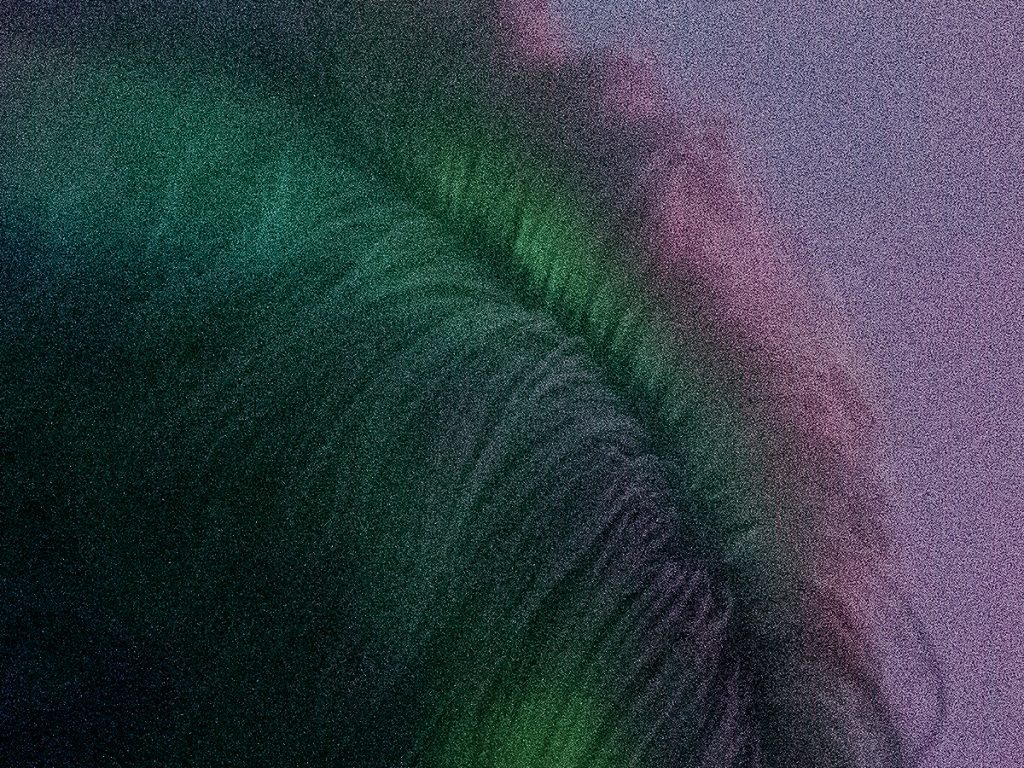During this ongoing lockdown I started listening to photography podcasts and watching more YouTube photography channels. Possibly not the most productive use of my time, but some of them, the podcasts in particular, are both interesting and informative. And while it may seem strange that a visual medium would work on an audio-only platform, the podcast conversations are definitely more intelligent when compared to a majority of the YouTube videos, which are mostly dedicated to reviewing and talking about gear. And these come with a variety of prejudices, often attached to brand preferences, loyalties or sponsorships, and various sensor sizes and pixel counts. YouTubers tend to also put a lot more emphasis on the video capabilities of cameras than their functionality as a stills camera, which does make a certain amount of sense given the nature of the platform, but not helpful for anyone who only shoots stills and is looking for some buying advice. What does surprise me with these videos is the disconnect between the presenters’ status as “experts” and “authorities” and the actual level of their knowledge, experience and abilities. Now, I’m not claiming to be a great expert (in anything), or any more than an average photographer for that matter. I’m definitely not a professional and I am proud to call myself an amateur who has been pointing cameras at people and things for just over 50 years, just for the love of taking photos. I’m sure I’ve learnt something in that time, even though I generally feel that the older I get, the less I know – although that maybe just be the onset of senility.
Here I want to address these schisms between the different popular digital formats, i.e., full-frame (FF), APS-C (crop) and Micro Four Thirds (MFT, M4/3). I’ll not include digital medium format as it is a more specialised beast beyond the financial reaches of most photographers (like Leicas). I will, however, refer to various film formats because they are what I grew up on. So, by way of mansplanation, “full frame” refers to a sensor that has the same physical dimensions as a frame of 35mm (135) film (36 x 24 mm); APS-C is based on the fairly short-lived Advanced Photo System film format, with the C standing for Classic (not Canon), with most sensors measuring 24x16mm, although Canon’s is slightly smaller. Both APS-C and FF sensors have a 3:2 ratio. APS-C gets called “cropped” because, when using a “full-frame” lens, it is only able to capture a smaller area of the angle of view, effectively enlarging the image. For example, a 50mm lens on an APS-C camera would have a similar angle of view to a 70-75mm lens on a full-frame camera, which is known as the crop factor (1.6 or 1.5). Of course, all these equivalence numbers given by manufacturers and gear reviewers are rather nonsensical, especially if you’ve never used a 35mm (or full-frame) camera before. The given focal length is what it is, because it is a specific measurement of the lens’s physical properties. This also applies to f/stops. It is the lens’s angle of view that is the important number and determines how much of the scene you can capture. With all the different sensor formats available now, and the general lack of knowledge of lens physics, maybe it is time to come up with a new way of labelling lenses by listing the lens’s angle of view rather than its focal length, and instead of the f/stop use the t/stop method that cinema lenses employ, which is based on the amount of light the aperture transmits.
The third (and somewhat maligned) format is Micro Four Thirds. This does not owe its heritage to old film formats, although its 4:3 ratio is the same as 645 medium format (120 film) cameras, and size-wise MFT is close to a frame of 110 film, if you’re old enough to remember those. The MFT sensor is essentially a quarter of the size of a full-frame sensor (giving it a 2x crop factor), which is where the perceived problems and prejudices occur in “serious” photography circles. However, it is not a new phenomenon. When 35mm cameras were first introduced, they were considered a miniature format and not suitable for “professional” work, but the advent of Leicas and other subsequent 35mm models out of Germany and later Japan, and advances in film emulsions, 35mm gained in popularity, especially amongst photojournalists. Studios and commercial photographers continued using 120 and 4×5 film formats, because they were for “serious” work such as fashion, advertising and portraits. From the 1960s to the 1990s, 35mm film (Kodachrome and Tri-X in particular) dominated the publishing world.

Fast forward to the 21st century. Film eventually lost its battle with digital sensors, even though two decades in digital is only starting to match film, and still tries to emulate it. And film is enjoying a renaissance, although with less choices and higher prices. Here again the serious studio photographers were the last hold outs, and justifiably so when top resolutions were around the eight megapixel region, but for photojournalists, whose need for speed and convenience trumped the demands for the large, high-quality images of their commercial cousins. Just as technological advances pushed 35mm to the fore, the same has happened with sensors. Thanks to the arrival of Macintosh computers and the advent of DTP and Photoshop in the 1980s, digital workflows have dominated the publishing world (which may have also led to its decline, but that’s a discussion for another time and place).
You have to bear in mind that the camera business is just that, a business, and it comes with a need to feed the voracious corporate beasts and their keepers. This is done by constant cycles of new “innovations” and models, and their associated marketing campaigns to persuade you to part with as much of your hard-earned as they can. Sensor megapixel numbers became one of the main selling points. The trouble is, to get more pixels on a sensor that was still the same physical size, those pixels had to be made smaller. This reduces the sensor’s ability to cope with low light. So, does a 50 MP full-frame sensor really perform that much better than a 16 MP MFT sensor in those conditions? I’m sure there are lots of boffins out there that can furnish me with pages of figures and explanations to correct that assumption. The main downside to smaller sensors such as MFT is their ability to shoot in low light because of the noise level, and a limit on the size the images can be enlarged. However, new software innovations such as the Enhance feature in the latest version of Adobe Camera RAW and Lightroom effectively doubles the size of the image, and DxO PureRAW, which removes noise without overly softening the image (see below), reduce those limitations. The enlargement issue is what plagued 35mm film, which is why commercial photographers used medium and large format cameras. And yet, everybody’s photographic hero, Henri Cartier-Bresson only ever shot 35mm and his ability or popularity was never brought into question because of the perceived format limitations.




At the current stage of the development of digital sensors, let’s again draw comparisons with film. The whole industry is always quoting equivalents, especially, as already mentioned, when it comes to lens sizes. It’s safe to say that nowadays medium format sensors do the equivalent studio jobs of 4×5 and 120 film, full frame is hovering between 120 and 135 film, and MFT is in the same place 35mm film initially was. Of course, a well scanned piece of fine-grain 120 film will produce a bigger, better image than an FF digital image, provided of course it wasn’t “scanned” with a digital camera. Naturally we would have to also factor in the improvements in optics over the last 50 years that also contributes to perceived image quality of digital.
While this article may seem like it is developing into a defence of Micro Four Thirds, I have no allegiances to any particular format. I can even see a place for mobile phone cameras with their minuscule sensors as the modern-day version of the Instamatic for taking snapshots. Although, in my work as a designer for a magazine specialising in a lesser-known martial art, more and more of the photo submissions are coming from camera phones. They do not match a properly composed and exposed photo from a dedicated camera, but they are generally usable enough for print production. For me, it is always about using the right tool for the job. In a non-pandemic-lockdown world, I shoot live music, usually in small venues. ISO 3200 is usually my starting point. For that I find a 20MP full-frame camera with fast lenses works best. I also shoot the gigs with B&W 35mm film (usually Ilford Delta 400 or 3200) because the lighting is not conducive to colour film, and using flash is generally not permitted, making digital much better for colour. For studio and location portraits I will sometimes use 120 film. I have only very recently started using an MFT camera because I wanted something discrete, small, light and affordable, for more documentary-type work (I went with the Lumix GX80, if you’re interested). Under good lighting conditions, the images produced are a match for anything I’ve done with a full frame. At most, the images will be used in a zine as a full-page or a DPS, for which 16 or 20 megapixels is enough. This is exactly what 35mm cameras were primarily used for. One thing I haven’t understood about the MFT format is its apparently low uptake by photojournalists, who have always been at the forefront of small camera use. Olympus OM-D cameras have proved very popular with nature and wildlife photographers because of their compactness and affordability of their long telephotos. The top-of-the-line EM-1 models are as rugged and durable as any of the equivalents from Nikon and Canon, at a fraction of the size and cost. Canon’s flagship 1DX uses a 20MP sensor and is a real back and bank breaker, but it does have features that make more suitable for other fields such as sports. But if you’re in a conflict zone, or any assignment that requires lots of travel, the amount of weight you have to lug around makes a difference. I’ve started using a roller case to take my full-frame gear to gigs, just to save my back and neck. As I’ve already said, it’s about using the right tool for the job, and I need two full-frame bodies and a selection of lenses. If the MFT cameras worked as well in the terrible lighting, I’d happily use them, and I would definitely consider taking them to festivals, where low light isn’t such an issue.
What is interesting to note is that the two companies that developed the MFT system are both well placed in photography’s evolution. Leica, whose place in photojournalism is legendary partnered with Panasonic, and Olympus have a history of camera innovation, particularly when it comes to miniaturisation with their Pen half-frame cameras and OM SLR range. The OM1 was initially scoffed at as not being “professional” because of its reduced size, but the OM range has proved to be enduring and possibly (in my biased opinion) the best 35mm system cameras ever made. For example, the OM2 off-the-shutter metering system was way ahead of its rivals at the time, and no other manufacturer has conveniently placed the shutter speed dial around the lens mount or matched the size of the OM viewfinder image. Even their consumer-level SLRs (OM10/20/30/40) can use most of the accessories for their “pro” models, and all models got the same grade lenses. When it comes to mirrorless digital, Olympus has been ahead of the game and they still have arguably the best IBIS system around, even in their base models. Market leader Canon has only recently introduced IBIS with its latest full-frame mirrorless models. And heat is still an issue for full-frame cameras when it comes to video, which the MFT cameras don’t have.
I have heard people who write off MFT as a format, yet praise the capabilities of a mobile phone, with its tiny sensor and plastic lenses, because they produce vibrant images enhanced through the phone’s computational processing. Some of these phones can cost more than a top-of-the-range MFT camera. Sure, phones can do more than just take photos, but the phones’ cameras have become the main selling point. The argument is that you always have a phone with you. However, the aforementioned HCB always had his Leica with him and was able to capture some of photography’s most enduring images. I can’t see too many phone photos with that sort of longevity and iconic status, or any life at all beyond a fleeting ephemeral moment on social media.
Of course, image quality is the primary concern, but form is as important as function when it comes to camera design. Canon’s ergonomics and menu system are partly what has made them market leaders, and those factors go beyond the spec sheets. They can only be quantified when the camera is in your hands and out in the field (or studio). Being able to comfortably access all the functions you need to get the job done – without having to think about it – is more important than the number of megapixels or the sensor size. As long as you can deliver what your client requires, they aren’t going to care what equipment you used. If they need a 50MP file, then MFT cameras, or most full-frames for that matter, aren’t going to cut it. Again, the right tool for the job is the order of the day.
The irony (and maybe hypocrisy) that I started this piece deriding YouTubers for only talking about gear, and then spent the next 2000 words talking about gear, isn’t lost on me. But like it or not, photography is reliant on technology and equipment to produce the final images whether digital or analogue. The thing is not to get caught up with the constantly looking for the next best thing. I’ve seen people sell all their gear to change to a different system – often from Canon to Sony – and then regret the decision. I was very tempted to buy Canon’s new R6 mirrorless because it would be perfect for shooting gigs. I even started saving up for it, mostly by selling off old bits of gear. I was well over half way to reaching the £2500 goal just for the body, which requires an adapter to use my existing lenses rather than buying expensive new ones, when I realised I already had perfectly good cameras for what I wanted to do. And with the ongoing pandemic restrictions there weren’t any gigs to shoot, and the future of the underground live music scene wasn’t looking rosy. I began to reflect on what I wanted to shoot instead, and more documentary style work was the only thing that kept coming to mind. That’s when I started looking at Micro Four Thirds. With the money I had saved up for the R6 I was able to buy two different MFT bodies (one Lumix and one Olympus OM-D), three fast primes and a speedlight that will also work with my studio strobe’s trigger, and I still had some money left over. And it all comfortably fits in a small shoulder bag (a vintage Olympus OM one). Admittedly the lenses were second-hand, and the bodies are older entry-level models, but as I’m not making money from using them, I didn’t need to fork out for a pro model that would have cost around the same as the two I now have.
If you have managed to persevere to this point, I hope you have gleaned something useful from it. My general advice when looking for a camera is: decide what you will be primarily shooting, what the photos will be used for, and how much you can realistically spend. If you have photographer friends whose opinions you trust, ask them what they would recommend, then go into an actual camera shop, if you can find one, (and not somewhere like Dixons) and handle the cameras on your list. Talk with the salespeople. Have an idea of online prices before you go so you have some bargaining power. A good shop shouldn’t pressure you into buying a particular brand or model that won’t suit your requirements. Just remember that under good conditions all modern DSLRs and mirrorless (DSLM) equivalents will produce good results. It is better to spend more on a decent lens than a fancy body because the lens is what determines how good the image will be, and it will last a lot longer than the camera body, as well as hold its resale value better.